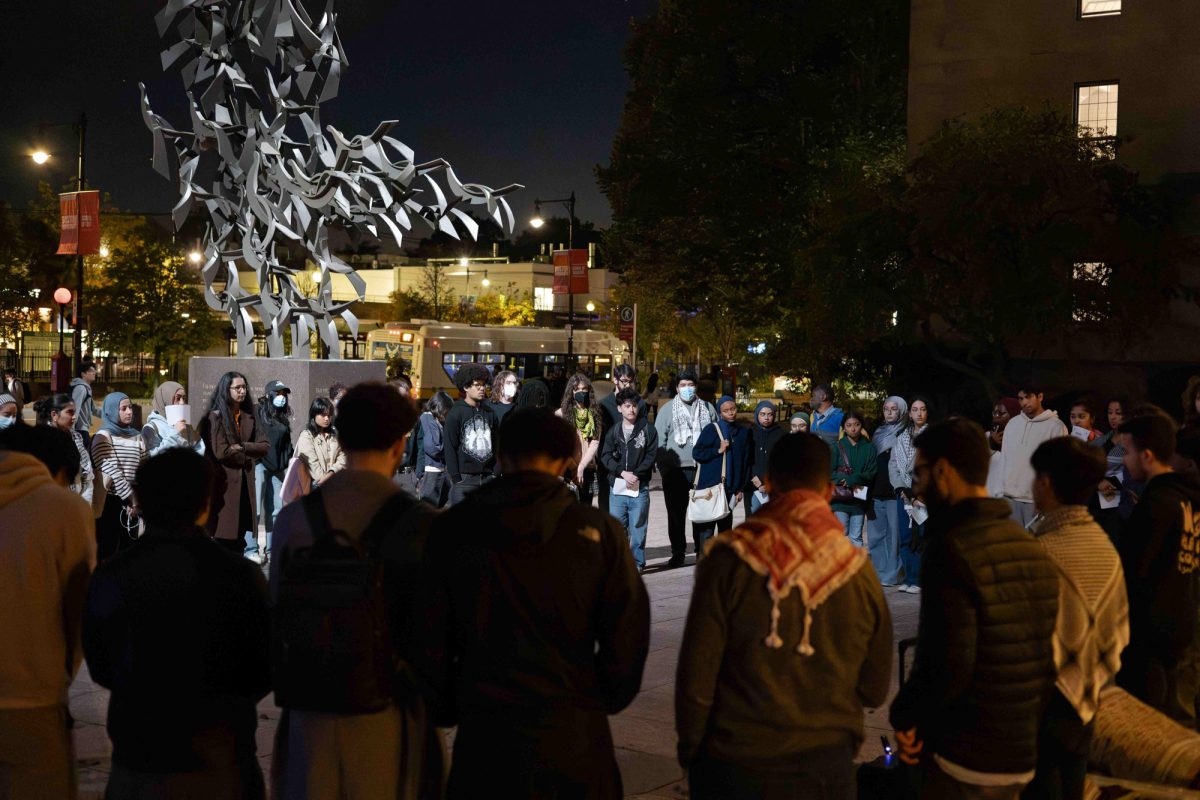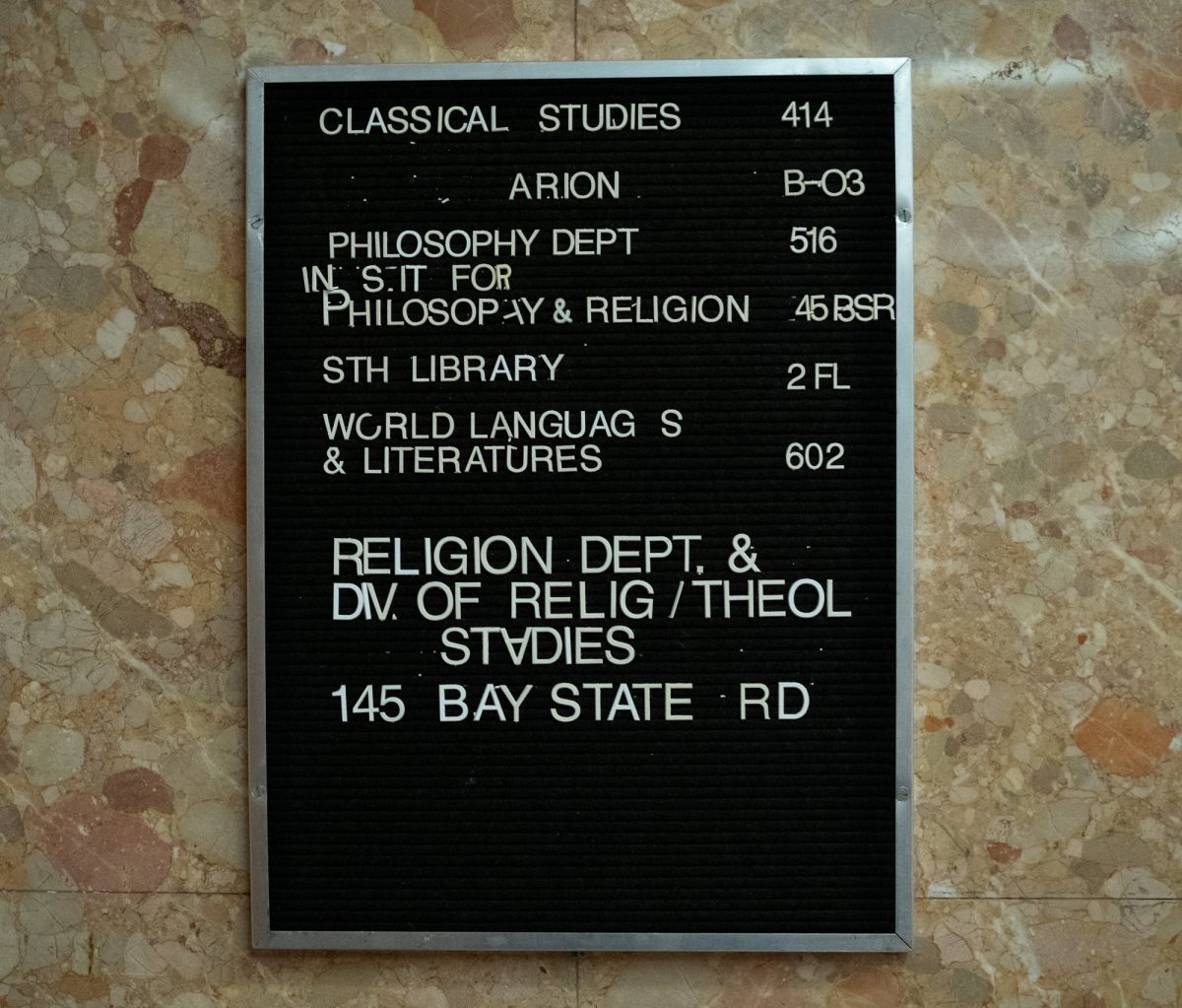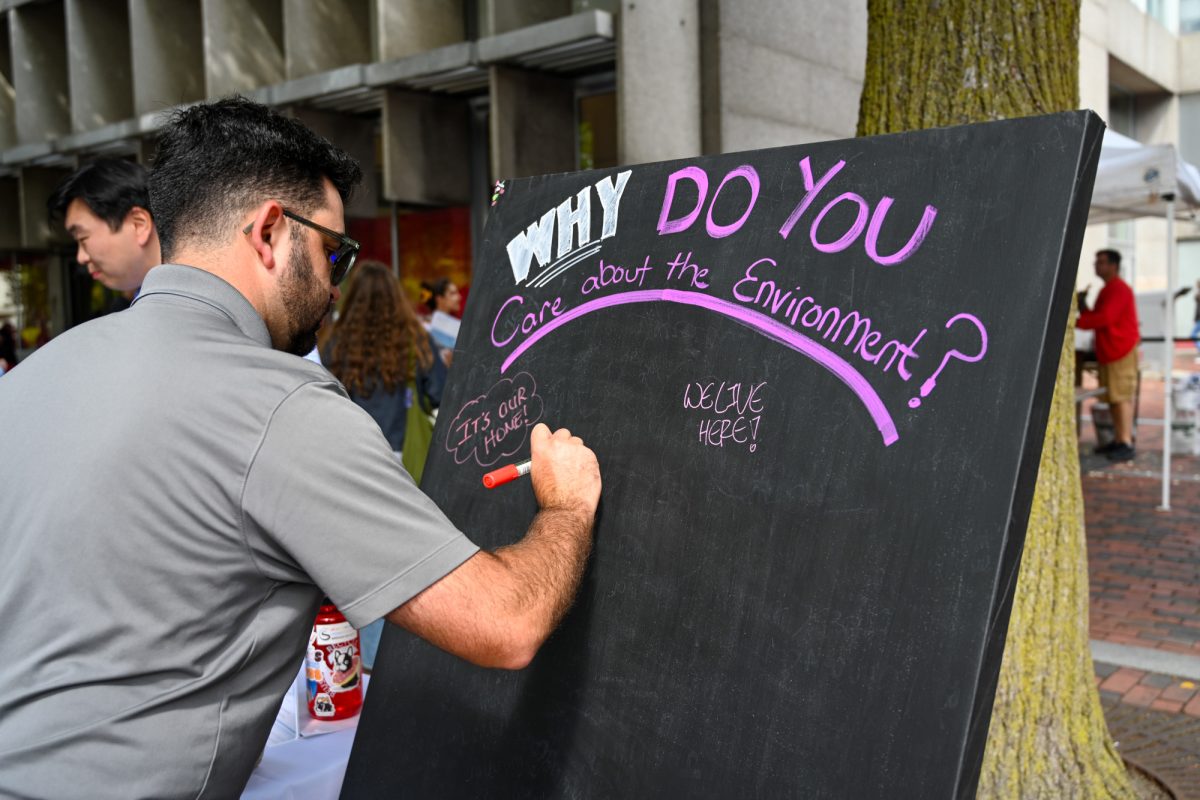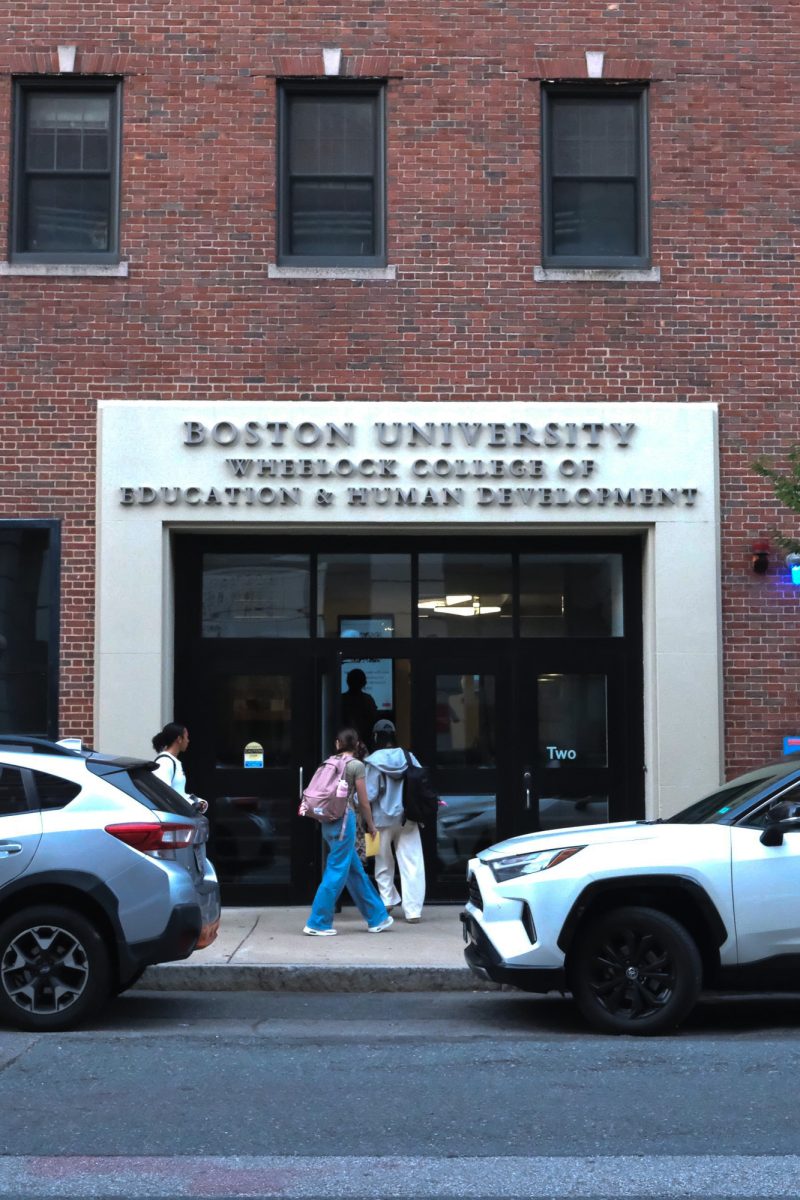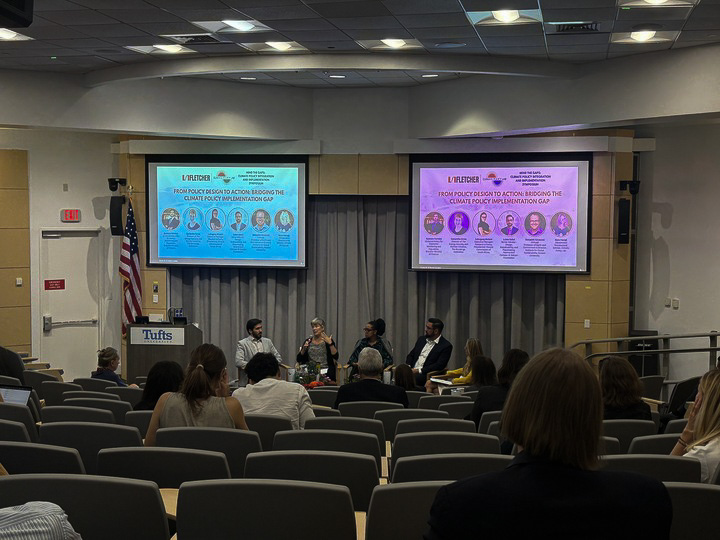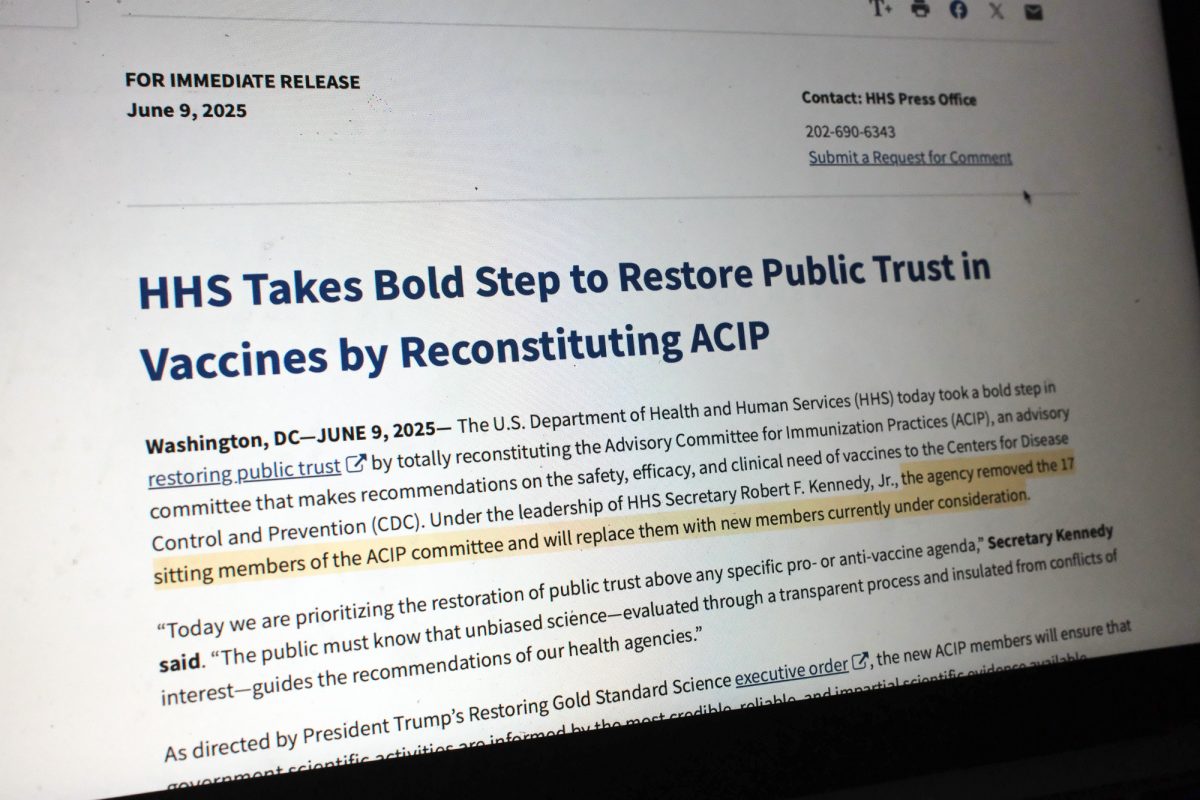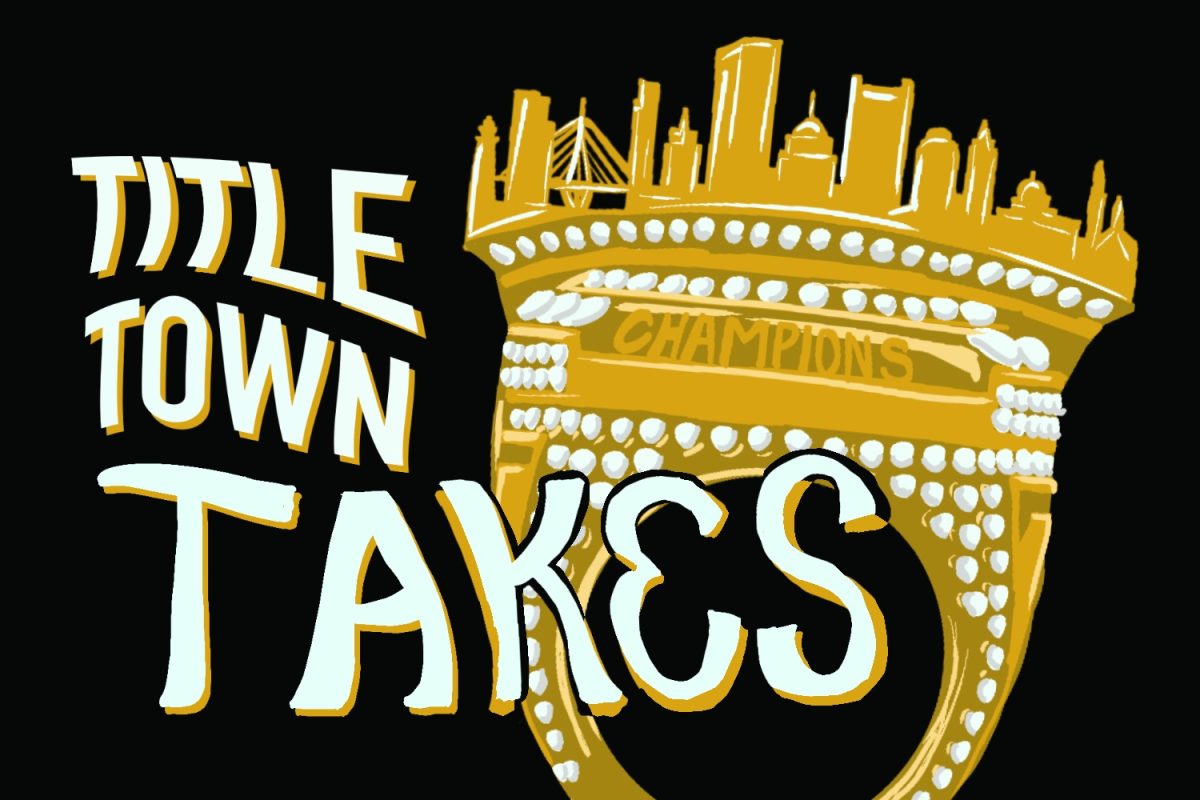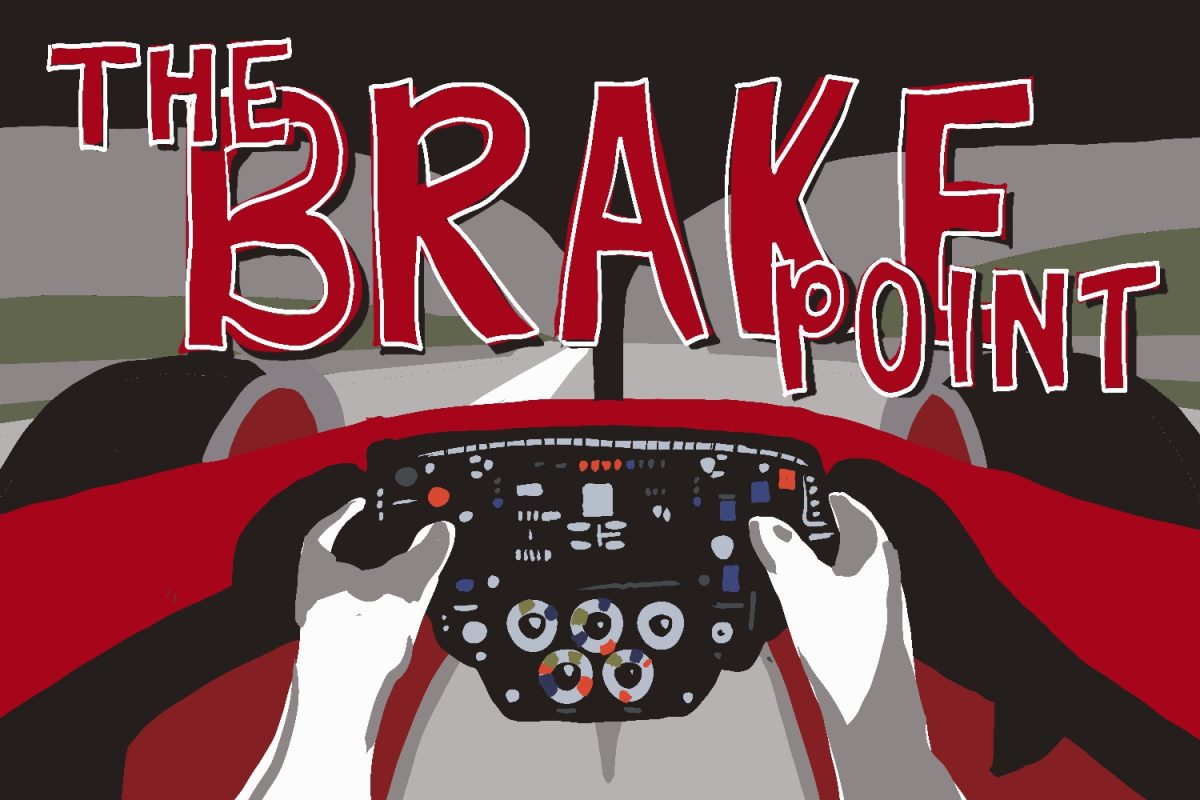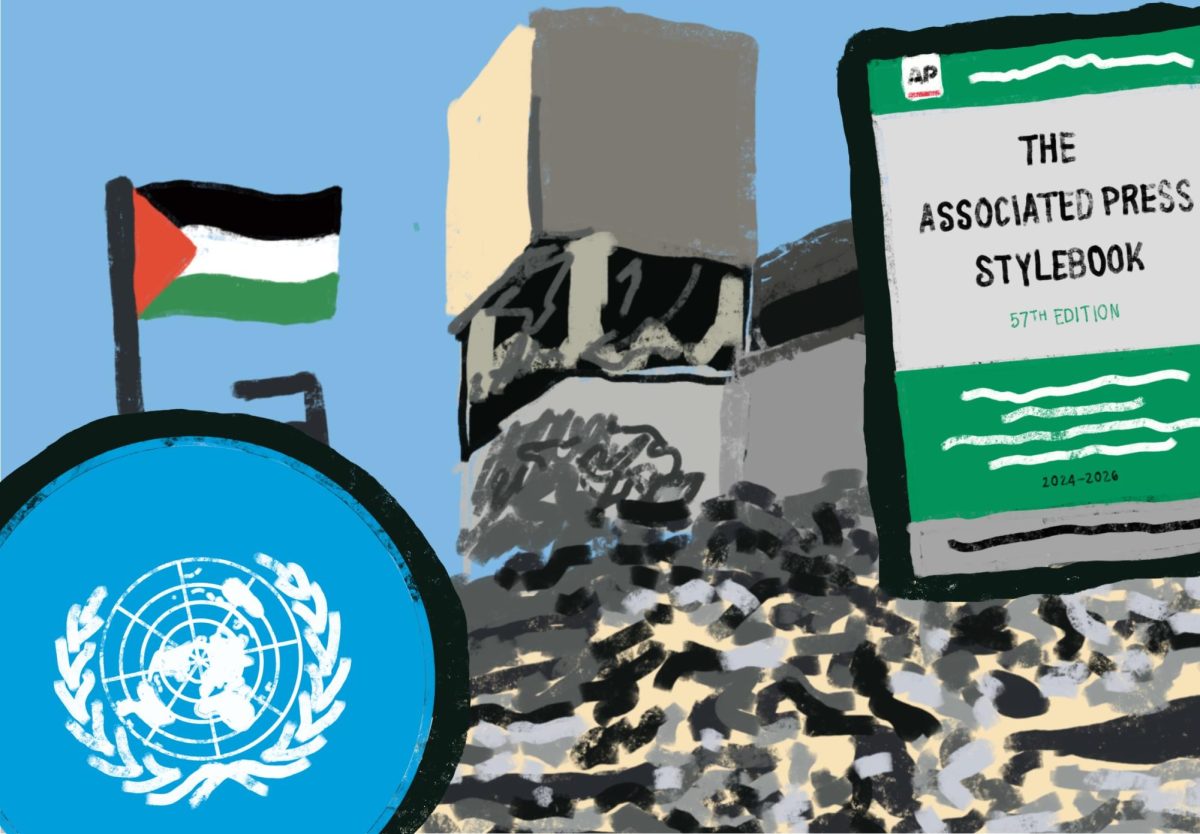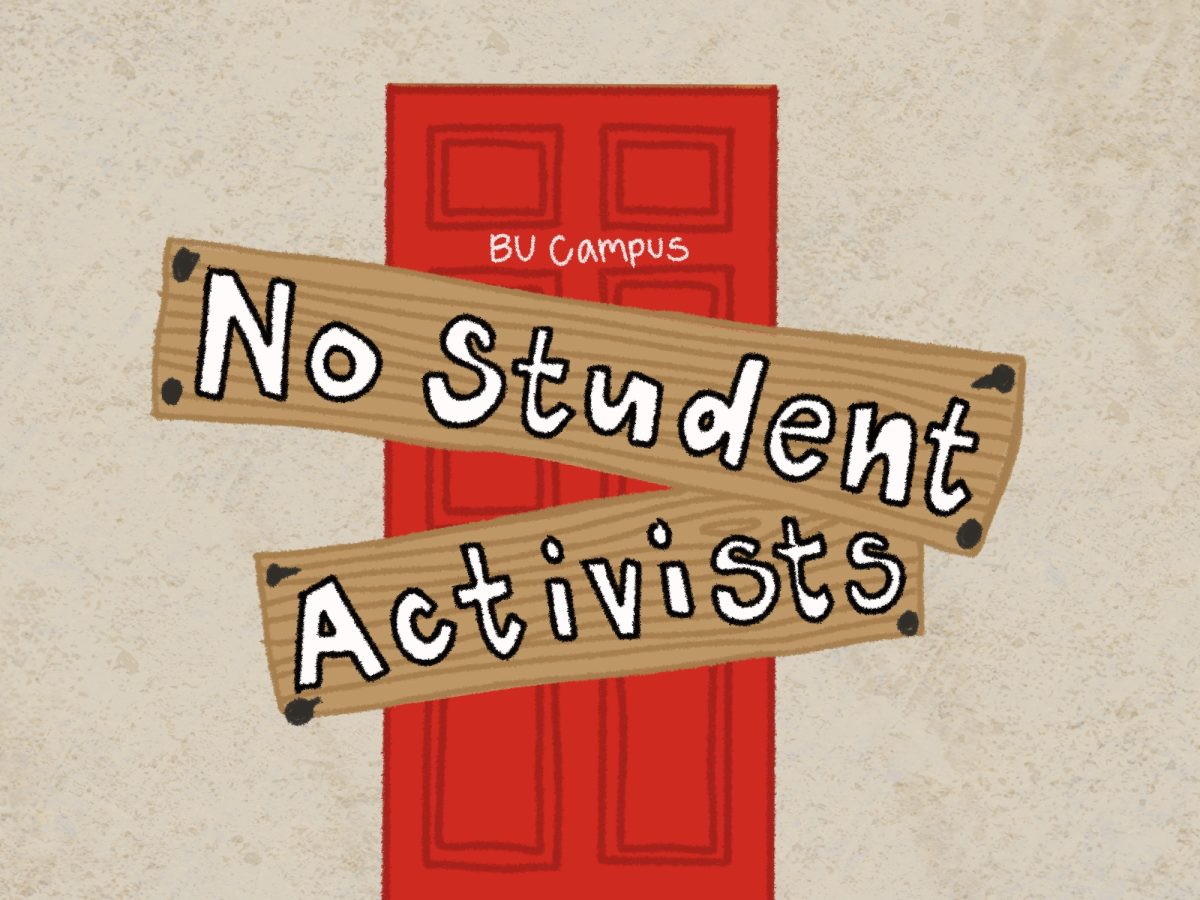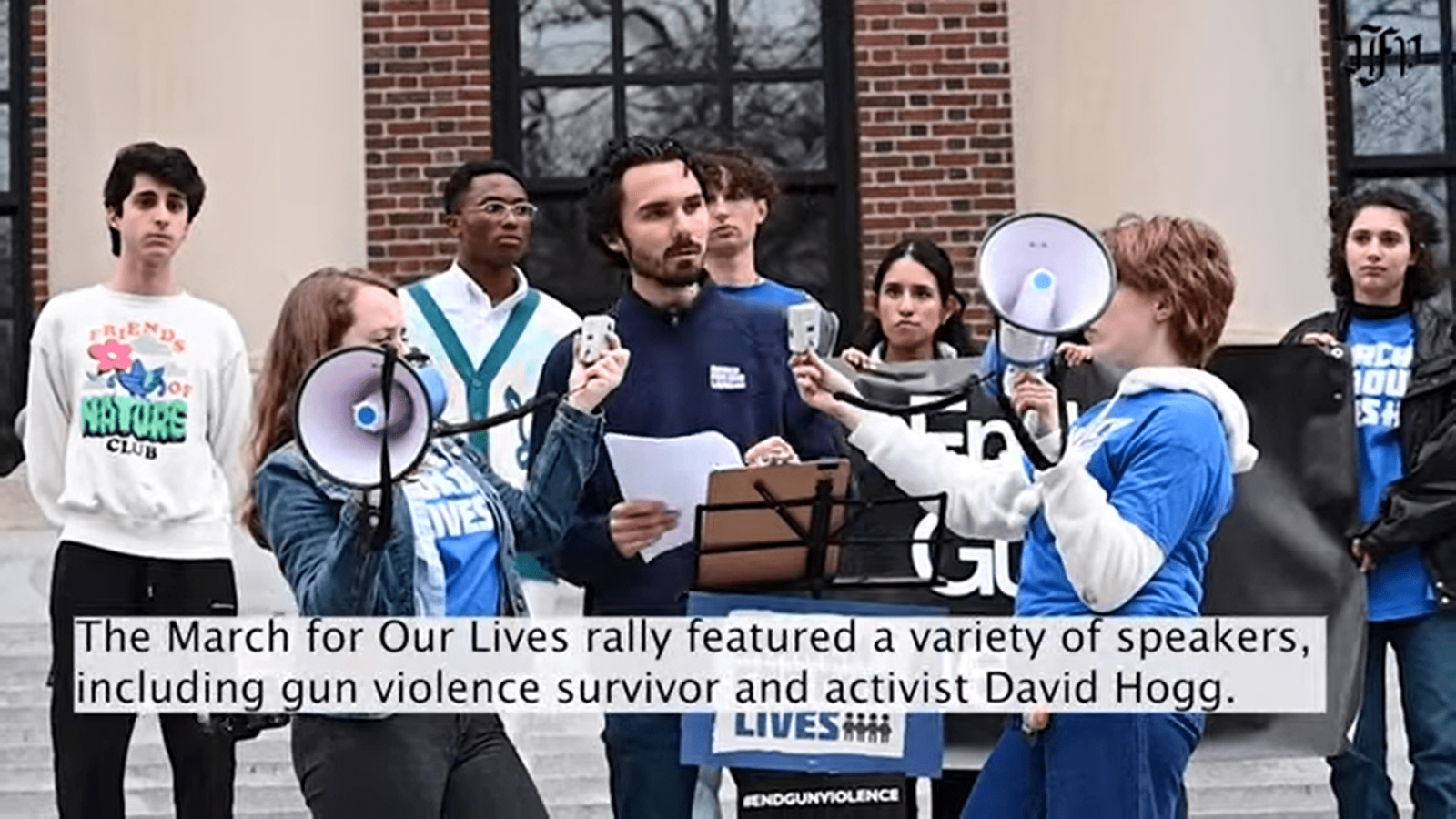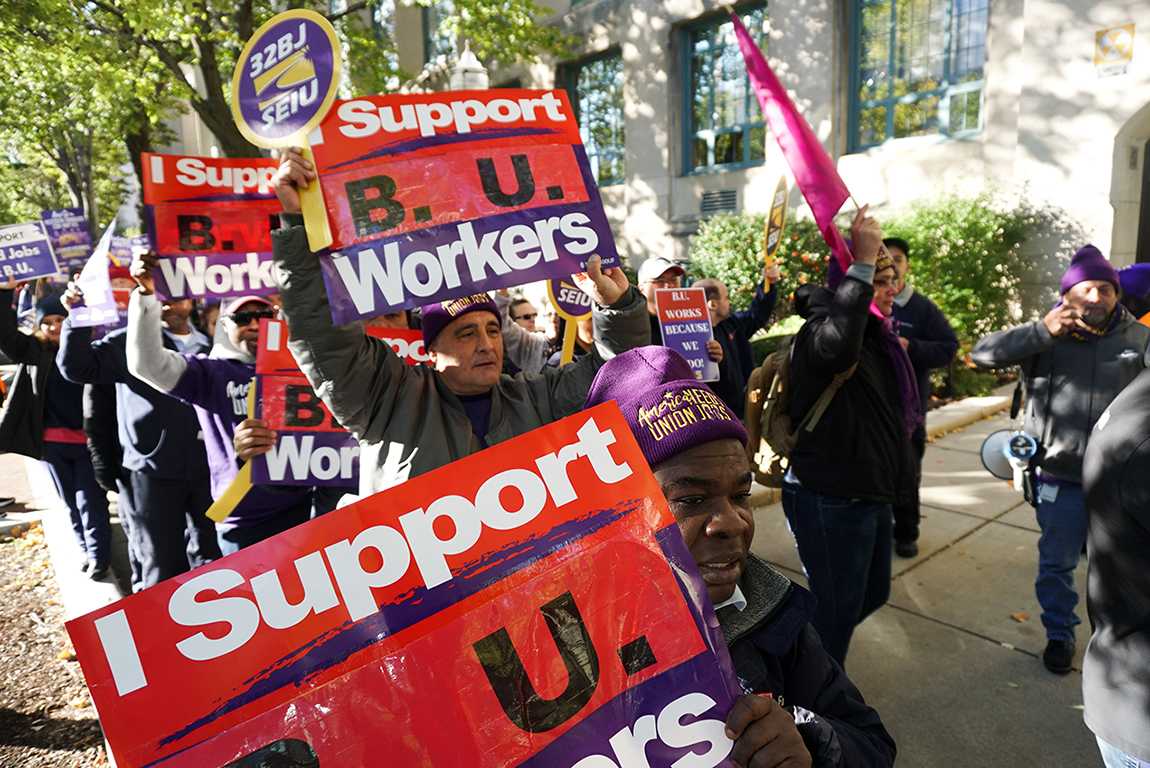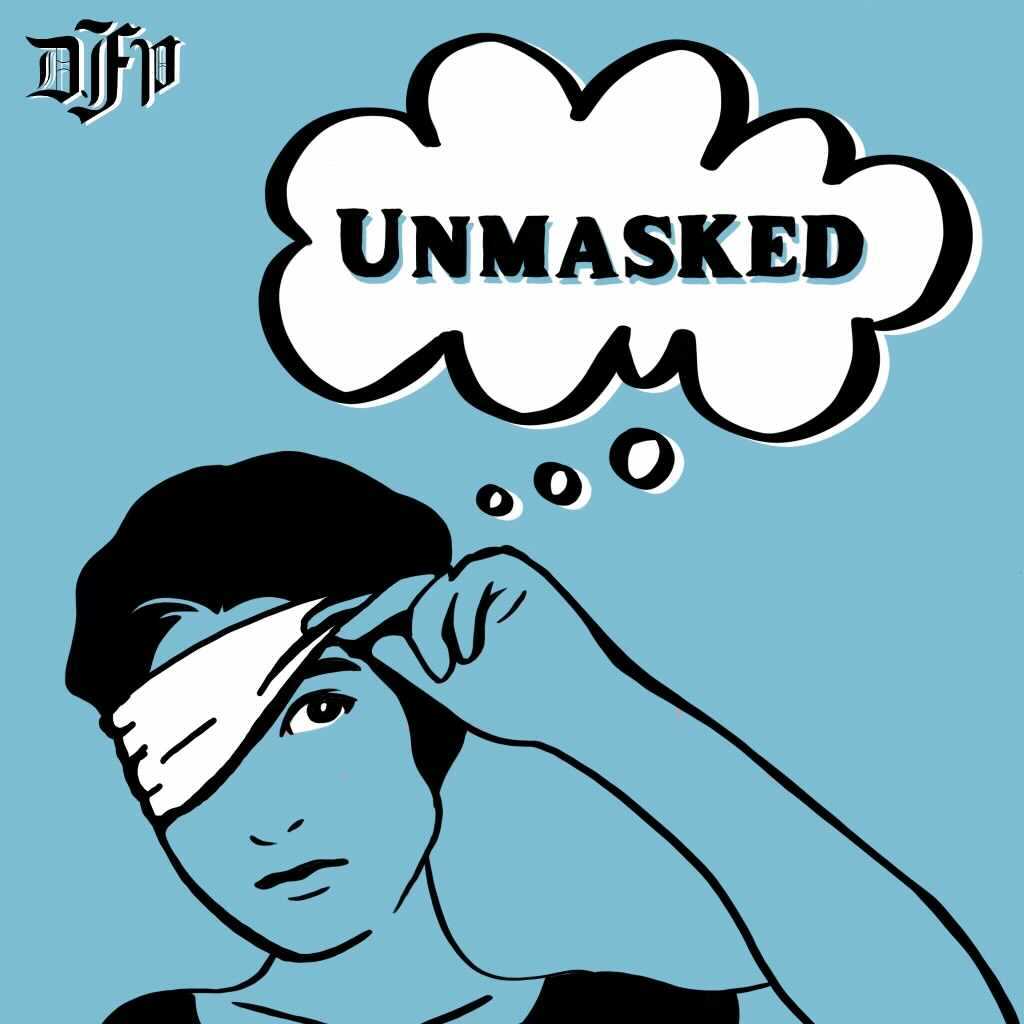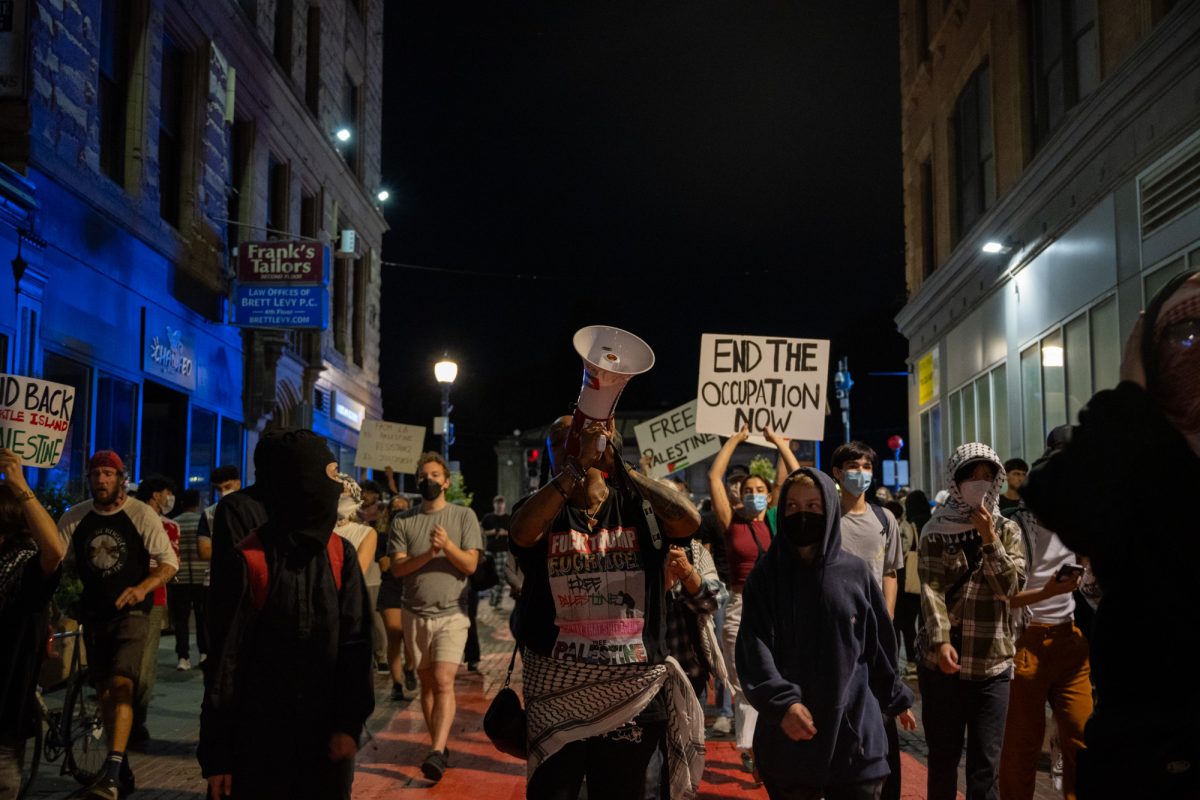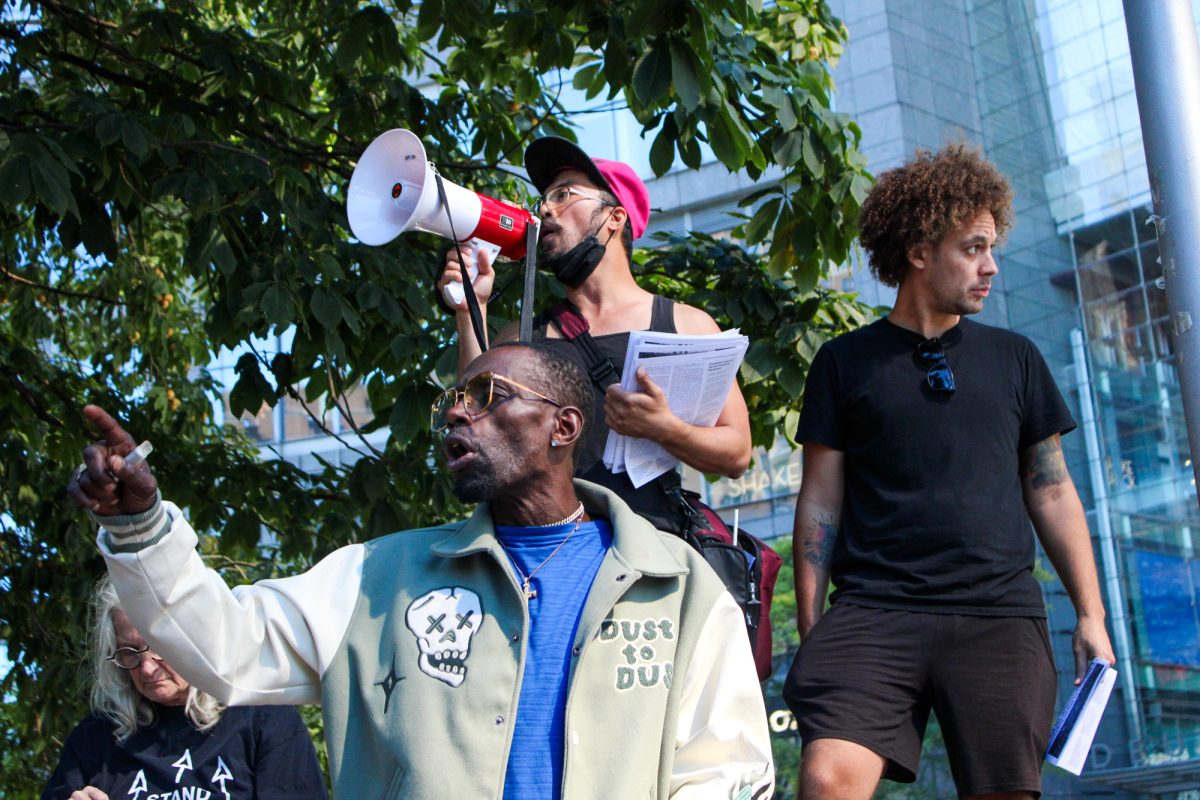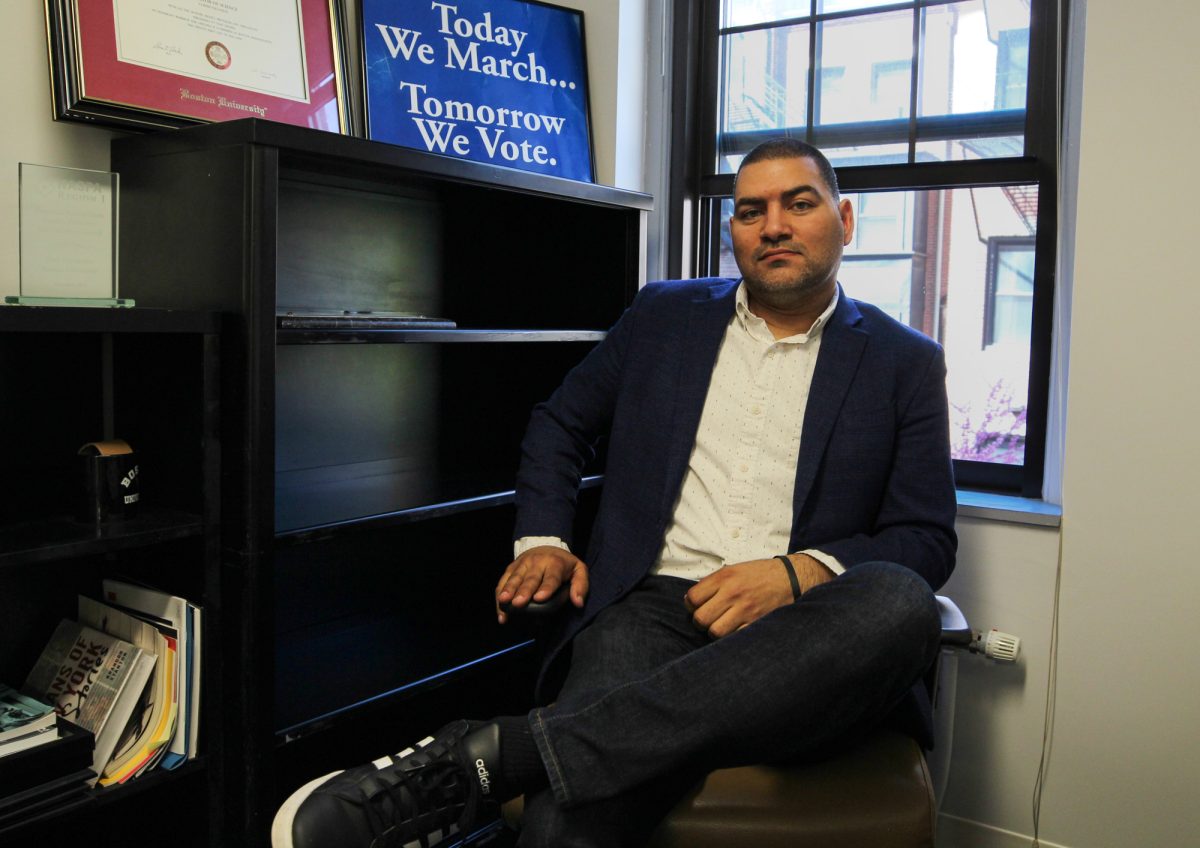In 1954, American broadcast journalist Edward R. Murrow said, “No one man can terrorize a whole nation, unless we are all his accomplices.”
It was not too long ago that the second Red Scare and the McCarthyism Era plagued our country. McCarthyism included the private and public persecution of “communists” from the late 1940s to the 1950s, using ruthless doxing and fear-mongering as catalysts for their expulsion.
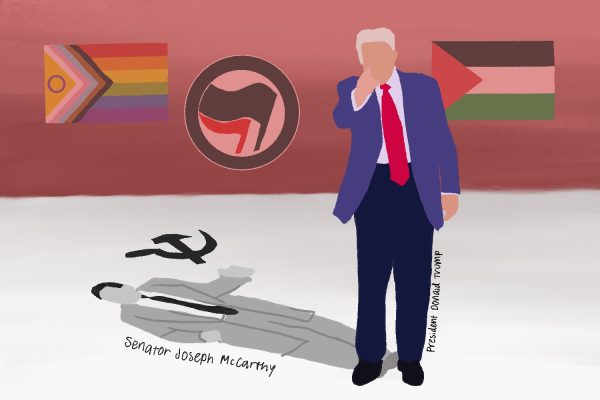
It can be argued that McCarthyism had the most significant impact on public discourse. People were reluctant to voice their opinions, fearing they would be misconstrued as dissenting or “un-American.”
Perhaps, it is not extreme to say we live in a more potent and dangerous form of McCarthyism under the Trump administration today.
On Monday, President Donald Trump expanded his 10-point compact for Academic Excellence to all U.S. colleges — following MIT’s rejection of reforms that included substantially capping international students’ admissions and banning diversity, equity and inclusion programs.
The compact rolled out by the Trump administration links federal funding with commitments to end race and gender-based practices, while promoting what Trump calls “American exceptionalism” in university-level education.
Not long before, Trump boasted, “We took the freedom of speech away,” at a forum addressing so-called “Antifa” activity. Trump went on to make remarks about his stance on burning flags as unconstitutional — although Supreme Court precedent protects this symbolic expression as a First Amendment right.
From defunding threats to universities and student deportations to politicized investigations and FCC meddling, the Trump administration has turned federal power into a tool for punishing dissent — culminating in the suspension of Jimmy Kimmel from his talk show.
We are seeing the federal government shift away from a history of procedural neutrality. This is an alarming issue the Trump administration is speed-running — but something McCarthyism took years to build.
It is important to note that the political playbook of the Trump administration was curated well before Trump ever set foot in the American political sphere. During Joseph McCarthy’s reign of terror, he was notoriously represented by lawyer Roy Cohn. Years after McCarthyism was discredited, Cohn became an advisor and legal counsel for Trump, according to an article published by the Civil Rights Movement Archive.
Trump and his father, Fred, hired Cohn in 1973 after the U.S. Justice Department sued the family’s real estate organization for racial bias. It was through the counsel or mentorship of Cohn that Trump developed his playbook — slander, judicial evasion and deceit.
It begs the question: What has changed that allows Trump to speed-run his agenda with a force his first term never attained?
While it is easy to point at his current cabinet, full of shameless loyalists, there is an emerging reactionary movement that can’t be overlooked. And shortly after right-wing influencer Charlie Kirk was assassinated, everything came to a head.
The reactionary movement that emerged in Trump’s second term utilizes two things: language as vengeance and wielding cultural institutions against the opposition.
We saw a flurry of reactions from the Trump administration that tapped into vengeance.
During an episode of Kirk’s namesake podcast, which Vice President JD Vance hosted following Kirk’s passing, White House Deputy Chief of Staff Stephen Miller said, “With God as my witness, we are going to use every resource we have at the Department of Justice, Homeland Security and throughout this government to identify, disrupt, dismantle and destroy these networks and make America safe again for the American people.”
He added, “It will happen, and we will do it in Charlie’s name.”
This dangerous language frames politics as a means to get even. When vengeance becomes a moral cause, almost anything can be justified as retribution.
McCarthyism was rooted in vigilance — the idea of protecting America from the “enemy within.” Trumpism, however, escalates that impulse: Vengeance has replaced vigilance.
Looking back, the Kirk assassination gave the Trump administration a story. This story has since been used as political fuel for the Trump administration, which seeks and vows to “eradicate the radical left.”
That narrative developed into a weapon, aimed squarely at America’s cultural institutions.
Preserving our democracy has never been more critical. We can no longer write off Trump’s rhetoric as merely who he is. Instead, we must recognize this is part of a bigger movement.
It is time for Democrats to establish themselves as the party of democracy and fight against this new era of McCarthyism.







